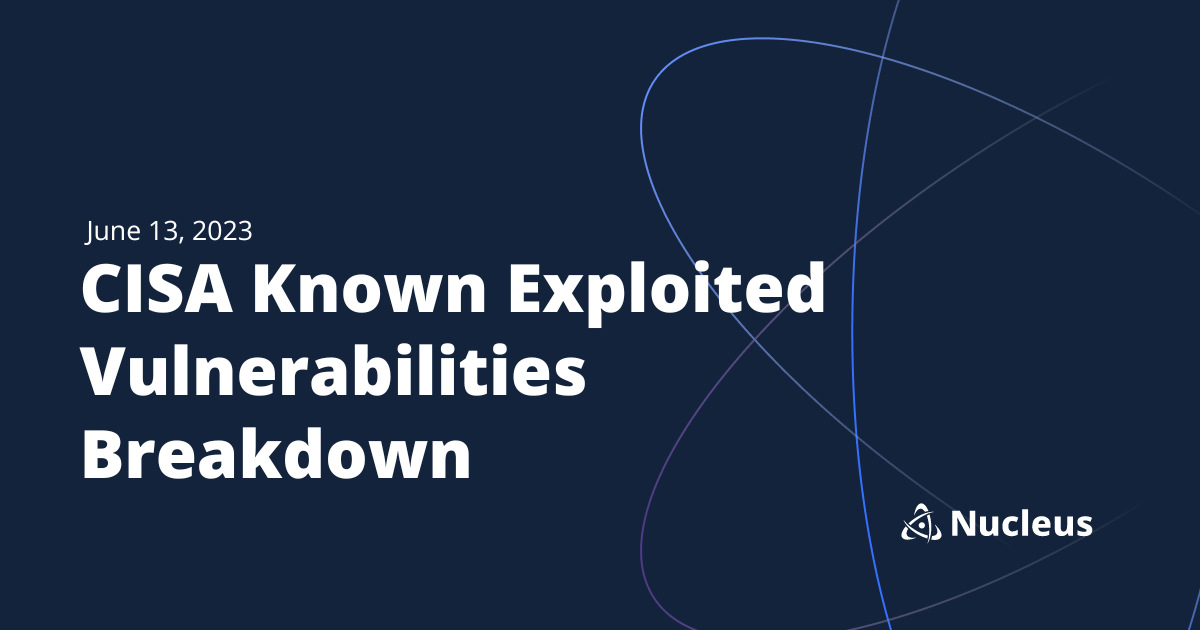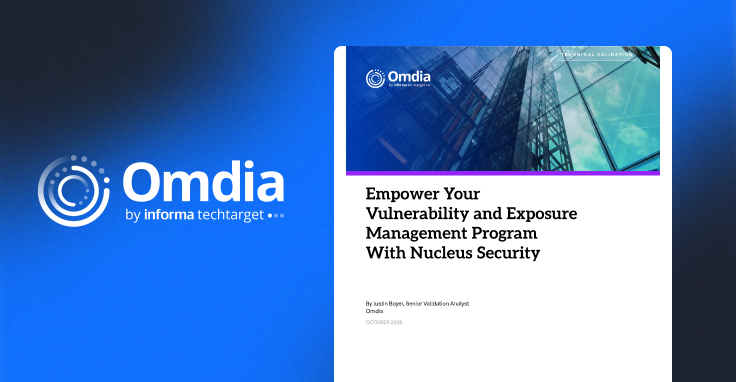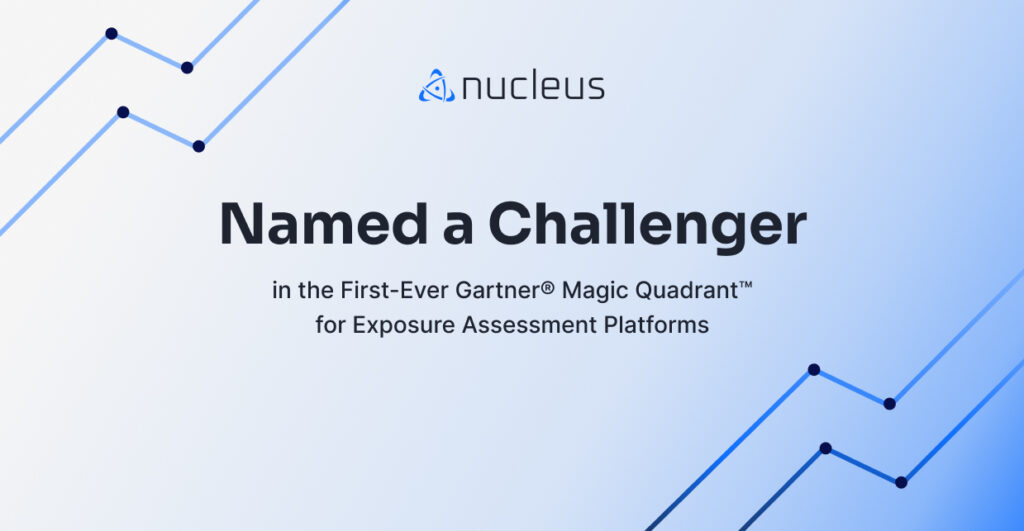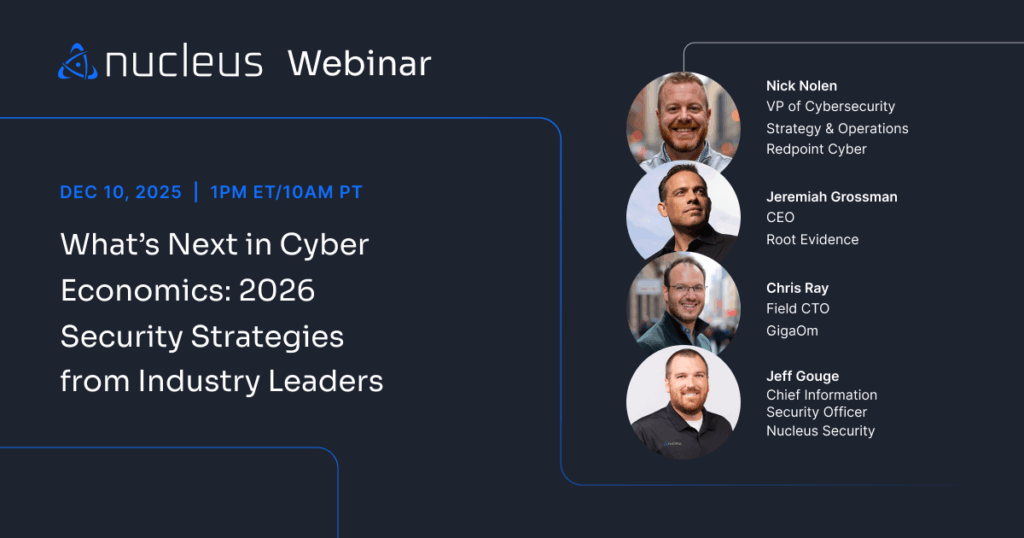June 13, 2023 CISA KEV Breakdown | Fortinet

June 13: 1 New Vuln | CVE-2023-27997
In this CISA KEV Breakdown, unsurprisingly, one vulnerability revealed to be a pre-auth RCE in FortiOS and FortiProxy was added to the CISA KEV catalog. Defenders are strongly urged to understand how they are affected and prioritize the available patches linked below.
[wptb id=22197]Notable Vulnerability Additions
CVE-2023-27997 | FortiOS and FortiProxy Remote Code Execution
A heap-based buffer overflow vulnerability in FortiOS and FortiProxy (affected versions detailed below) can allow an attacker to remotely execute code from an unauthenticated state.
The vulnerability exists in the web interface that allows users to authenticate to the VPN, specifically the SSL-VPN component, according to a writeup by Charles Fol of Lexfo. The path /remote/hostcheck_validate contained a field which appears to have been deprecated in FortiOS products, but still allowed for the existence of a buffer overflow vulnerability in which an attacker can utilize this field to forward HTTP parameters across requests. This writeup details the heap overflow logic required to exploit the bug.
A writeup from a reverse-engineering perspective detailing the changes in patched versions and looking at the vulnerable function that consumes the deprecated field can be found here by Aliz Hammond of Watchtowr.
Exploitation can be observed to either of the two endpoints /remote/hostcheck_validate and /remote/logincheck. Failure to exploit the vulnerability can still result in crashing the application due to the fact that this is binary-level exploitation. You can observe failed exploitation attempts in logs involving /bin/sslvpnd. However, successful exploitation will not have these same logs.
It should be noted that exploitation ease of this vulnerability is certainly not a low bar. However, an attacker can utilize this exploit to crash Fortinet systems more easily. While this could mean that wide exploitation is less likely due to the difficult success rate, it is still possible for lower-skilled attackers to launch this exploit en-masse without concern of whether or not it was successful, rather with the goal in mind to crash the target system.
Defenders are urged to download the latest patches which contain fixes for all products in versions 7.2.5, 7.0.12, 6.4.13 and 6.2.15.
Affected Fortinet products:
FortiOS
- 7.2.4 and below
- 7.0.11 and below
- 6.4.12 and below
- 6.0.16 and below ( no longer maintained consistently by Fortinet)
FortiProxy
- 7.2.3 and below
- 7.0.9 and below
- 2.0.12 and below
- 1.2 all versions
- 1.1 all versions
Shadowserver has reported some 20,000+ Fortinet devices are potentially vulnerable. Their dashboard is visible here.
Security Advisory(s):
https://www.fortiguard.com/psirt/FG-IR-23-097
← June 7, 2023 CISA Kev Breakdown
Click here to expand our CISA KEV Breakdown Frequently Asked Questions
- What makes for a notable addition?
- A notable addition can arise from many different characteristics. If a particular vulnerability is notable to the security community or a subset of the security community or if the EPSS score reveals notable information about the vulnerability, this can constitute further analysis. It may also be the case that a particular vulnerability shines a light on everyday users and we will highlight important information and key takeaways to ensure users and readers have easy access to actionable information.
- When is the Breakdown released?
- We aim to have our analysis of each KEV update posted within 24 hours of the time in which the Catalog is updated. See CISA’s full catalog here
- I am not bound by BOD 22-01 or federal regulations, why should the KEV concern me?
- CISA encourages all organizations to utilize the Catalog as an attribute in your vulnerability prioritization framework. Organizations looking to lessen the scope on known dangerous vulnerabilities and make a goal to remediate them can understand where they currently stand against what CISA has confirmed as exploited vulnerabilities in the wild. See CISA’s section on “How should organizations use the KEV catalog?” here.
- What is EPSS?
- EPSS is the Exploit Prediction Scoring System. It is an open, data-driven effort for estimating the likelihood (probability) that a software vulnerability will be exploited in the wild. See the EPSS home page on FIRST for more information here.
- What is the difference between EPSS probability and EPSS percent?
- EPSS probability is the risk calculated by the model when determining the perceived threat of the vulnerability itself. Percentage is a relative comparison of the rest of the CVEs within the given sample. While the probability only changes upon refreshing the results from the model, the percentage can change purely based on the CVE sample given. In the case of the Breakdown, we use the percentage given by the pool of all CVEs with given EPSS data. Scores may vary post-release of the post given new information about the vulnerabilities and their perceived threat. For more information on applying and understanding EPSS data, see this article on the FIRST website, as well as their FAQ page.
- What is GreyNoise?
- GreyNoise is a platform that collects, analyzes, and labels data on IPs that scan the internet and saturate security tools with noise. Through their sensor network, GreyNoise observes vulnerability exploitation attempts for vulnerabilities that are exploited in the wild over the Internet. These are arguably vulnerabilities that should be at the very top of your priority list to remediate.
- Why are GreyNoise exploitation attempts only observed on ~20% of KEV vulnerabilities?
- Exploitation of many vulnerabilities in the CISA KEV will not be observed for many reasons that GreyNoise does a good job of explaining in this post. For example:
- The vulnerability may not be remotely exploitable
- Vulnerability exploitation may require authentication (and result in privilege escalation)
- The impacted software may not be exposed to the internet
- Mass scanning/exploitation is not occurring yet
- Exploitation of many vulnerabilities in the CISA KEV will not be observed for many reasons that GreyNoise does a good job of explaining in this post. For example:
See Nucleus in Action
Discover how unified, risk-based automation can transform your vulnerability management.































